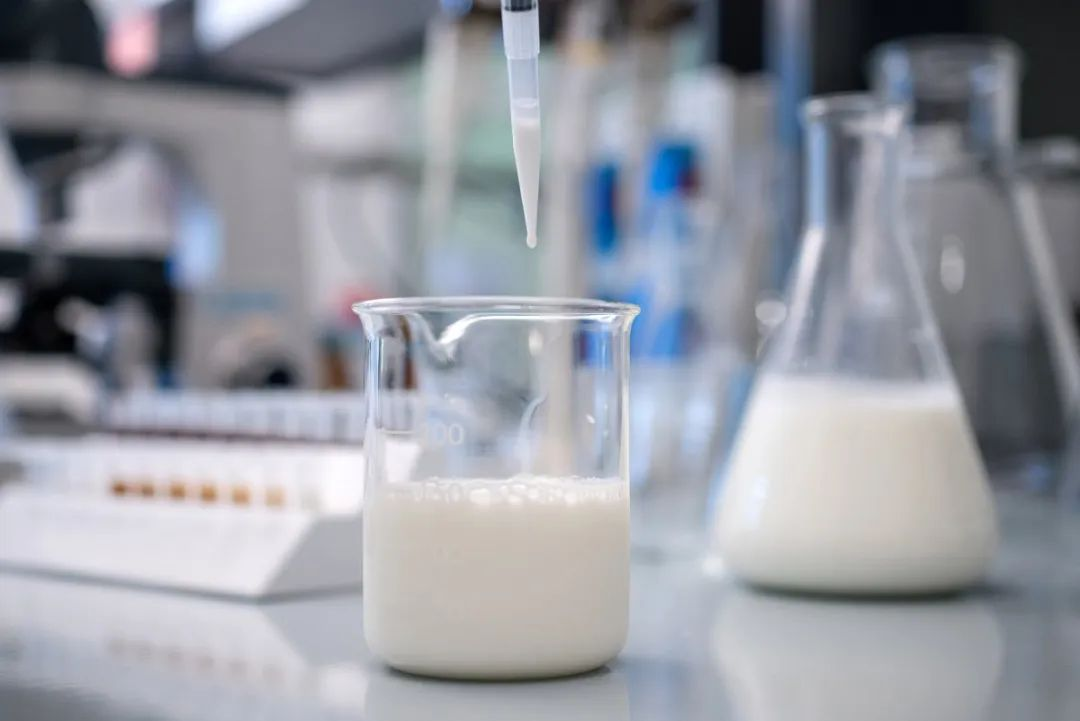Foam has a great impact on industrial production, and in production, foam generated for various reasons needs to be treated with defoamer. In the process of using defoamer may encounter some problems, let us analyze the problems in the use of defoamer one by one, find the right way to use.

First, the problem of defoamer turbidity
The main components of the defoamer are generally hydrophobic particles, silicone oil and emulsifier, and the hydrophobic particles adsorb silicone oil to achieve the maximum effect in the case of as little as possible. Silicone oil, as the main defoaming medium, has a very small surface tension and is neither oil-wet nor water-wet. It is suspended in the system. When the defoaming agent exists in the middle of the foam wall, the oil-water phase can be displaced to produce defoaming effect. Therefore, the selection of hydrophobic particles, silicone oil, emulsifier dosage and color are different, resulting in the performance of antifoam agent is very different. When the defoaming effect of the defoaming agent is good and the defoaming time is long, there is generally no turbidity in the system.
Second, the bubble suppression time problem
The properties of silicone oil in the defoamer determine the anti-foam time of the defoamer, and the content of silicone oil determines the consumption cycle of the defoamer in use. Too little silicone oil will make the defoamer's defoamer performance fail to reach the required value, while too much silicone oil will affect the performance of the defoamer and reduce the defoamer's defoamer. The size of the defoamer determines the filter resistance of the defoamer. If the size is too large, the defoamer may be filtered easily, resulting in bleaching oil, which has an impact on the foam suppression. Stirring time is also an important index of anti-foaming ability of antifoaming agent. Insufficient stirring may lead to turbidity, oil bleaching, weakening of defoaming ability and shortening of anti-foaming time.
3. Failure problem
Acid-base stability; Silicone oil can destroy the surface tension of the liquid, to eliminate the effect of foam, if the antifoaming agent is poor in acid and alkali resistance will lead to the decomposition of silicone oil, resulting in the defoaming ability is reduced, or even failure, the addition of silicate in the system will generally inhibit its decomposition. Solubility of defoamer; Some chemical components dissolve the silicone oil into the system, so that the defoamer no longer has a defoamer effect, but exists in the system as a surfactant, and the foam of the system is higher than that without the defoamer.
Classification of defoamer
From the first generation of mineral oil defoamer to the second generation of polyether defoamer, the third generation of silicone defoamer and polyether modified polysiloxane defoamer, the types and application fields of defoamer are constantly increasing, and the performance of defoamer is getting better and better.
How to use defoamer
When choosing a defoamer, try to choose a brand of defoamer manufacturer, so that the problems in the use of the defoamer will be less, according to the instructions given by the manufacturer, according to the standard proportion of addition, in order to achieve the best defoamer effect.
